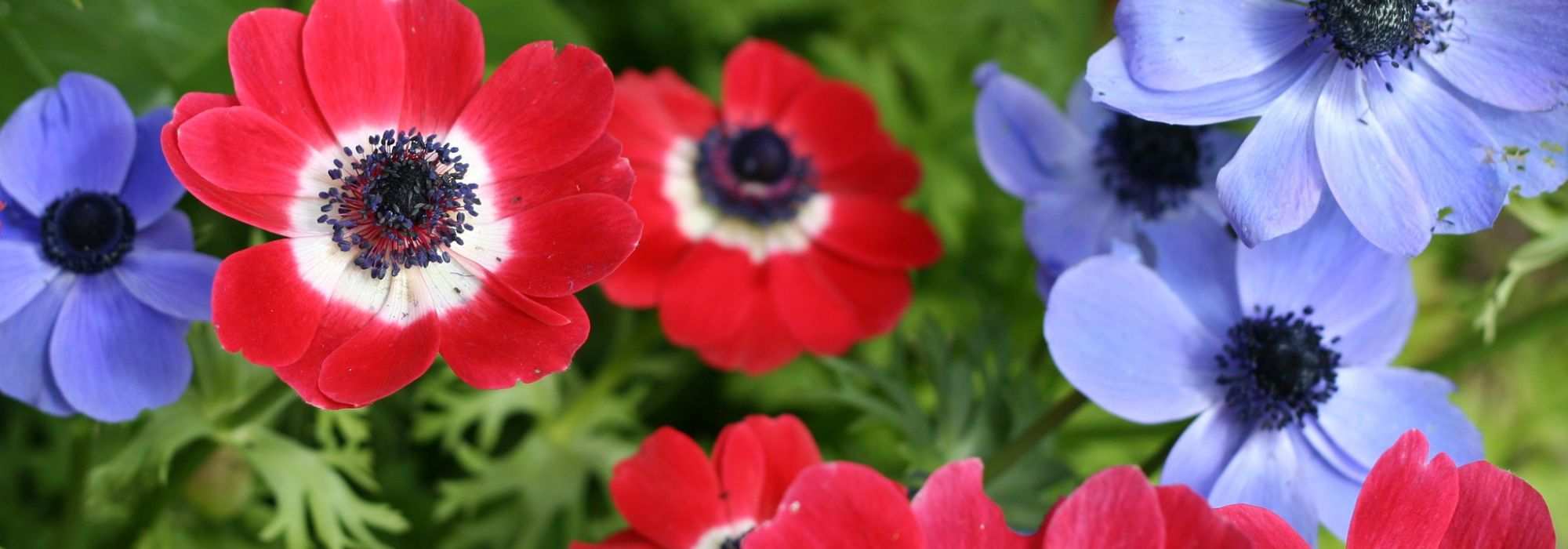
Growing the Caen anemone in a pot
Our tips for successfully growing your container plants
Contents
L‘Caen anemone or crowned anemone (Anemone coronaria) is a herbaceous perennial plant from the buttercup family found in lawns, fields, olive groves, vineyards, or abandoned crops in the Mediterranean basin. The crowned anemone is often grown for cut flowers and bouquets. There are two types of cultivars: the Caen anemones (Anemone coronaria Group De Caen) with single flowers and the St. Brigid anemones (Anemone coronaria Group St. Brigid) with double flowers. The colour palette ranges from pure white to deep purple with all intermediate shades. They are frequently sold in mixes, as it is difficult to identify the colour of the anemone from the rootstock in advance. Anemones are considered bulbous plants; however, the nutrient reserve of these plants is not a true bulb, but a corm or tuber.

Caen anemones come in a wide variety of colours that always catch the eye. The double-flowered anemone is part of the St Brigid group.
Discover our valuable tips to successfully grow the Caen anemone in pots, and enjoy their colourful flowering for many months.
In which pot should you plant the Caen anemones?
First of all, consider the environment to maintain the style and atmosphere when choosing the right pot for your anemone. Whether it is made of terracotta, plastic, resin, or even in a wooden trough, the anemone will appreciate it. Those made of unglazed terracotta allow for soil aeration and prevent root burn.
Pots like planters that will hold your anemones should have a minimum depth of 15 to 25 cm for optimal results. Containers less than 15 cm deep and too widely open (like a trough, for example) are less suitable, as the substrate dries out too quickly. We recommend reserving 2 cm for the drainage layer at the bottom and 10 to 15 cm of substrate. Determine the location of your future pot right away, as it can become quite heavy once filled.
What substrate to use for potting Caen anemones?
As anemone plantings remain in place for several years, your substrate must be sufficiently rich and well-draining. Add to your mix of garden soil and potting compost and one third of river sand. For good root aeration and to avoid moisture, spread a good layer of drainage material (gravel or clay balls to one third of the height) at the bottom of the container. This lovely layer of drainage material will also help to weigh down your pots if they are in a windy location.
Discover other Anemone
View all →Available in 2 sizes
Available in 2 sizes
Available in 0 sizes
Available in 2 sizes
Available in 1 sizes
Available in 1 sizes
Available in 1 sizes
Available in 1 sizes
Available in 1 sizes
Available in 2 sizes
When and how to plant the Caen anemone in a pot?
- When to plant the Caen anemone in pots?
Anemones can preferably be planted in spring, between mid-January and mid-May or in autumn, between mid-September and mid-November. Those planted in autumn will bloom from early spring, provided you place your pots in a sheltered, sunny spot. In cold weather, they will appreciate being under a cloche. In gardens exposed to harsh winters, it is better to plant in spring.
- What is the eye of anemone corms?
Anemone corms or tubers are small bulbous rootstocks shaped like irregular dark pebbles. Simply
- How to plant the Caen anemone?
The anemone corm can be planted as is, but for better uniformity in germination, it is preferable to soak it in clear water for 6 to 12 hours before planting. It becomes very easy to plant anemones once you have located the eye of the corms, where the nutrient reserves are held. The corms are planted 2.5 to 5 cm deep and covered with a layer of potting soil.

The corms of anemone coronaria or Caen anemones are sold dry, meaning dormant, and need to be rehydrated to ensure good germination
What exposure for the pot-grown Caen anemone?
Plant your potted Caen anemones in a well-sunny position in a pot of at least 20 cm in diameter. anémone coronaria can bloom in shade, but in this case, the elongation of their flower stalk prevents the flowers from standing upright, causing them to droop.
How to care for pot-grown Caen anemone?
-
Watering the Caen anemone in pots
Once the anemone corms are planted, water them generously, ensuring the substrate is well-moistened. Knowing that the anemone develops its roots in autumn, it is advisable to water throughout autumn until the foliage and flowers appear in spring. In case of severe frosts (below -10°C), protect the surface of the substrate with a light mulch of flax fibres or hemp. During the flowering period, plants exposed to sunlight require periodic irrigation. However, ensure that the potting soil does not become too wet, as this could lead to corm rot. This is why the pot should have a drainage layer at the bottom and should not have a saucer.
-
Feeding the Caen anemone in pots
Feed your anemones with a special bulb fertiliser every 15 days from March to May. A fertiliser that is too rich in nitrogen increases foliage development at the expense of flowers. To maintain a robust plant, remember to regularly remove faded flowers. Avoid cutting the leaves before they have naturally dried to allow the anemone’s rhizome to replenish its nutrient reserves. Note that anemones planted in autumn will flower in the first year, but they will give their best flowering after three years.
- Subscribe!
- Contents
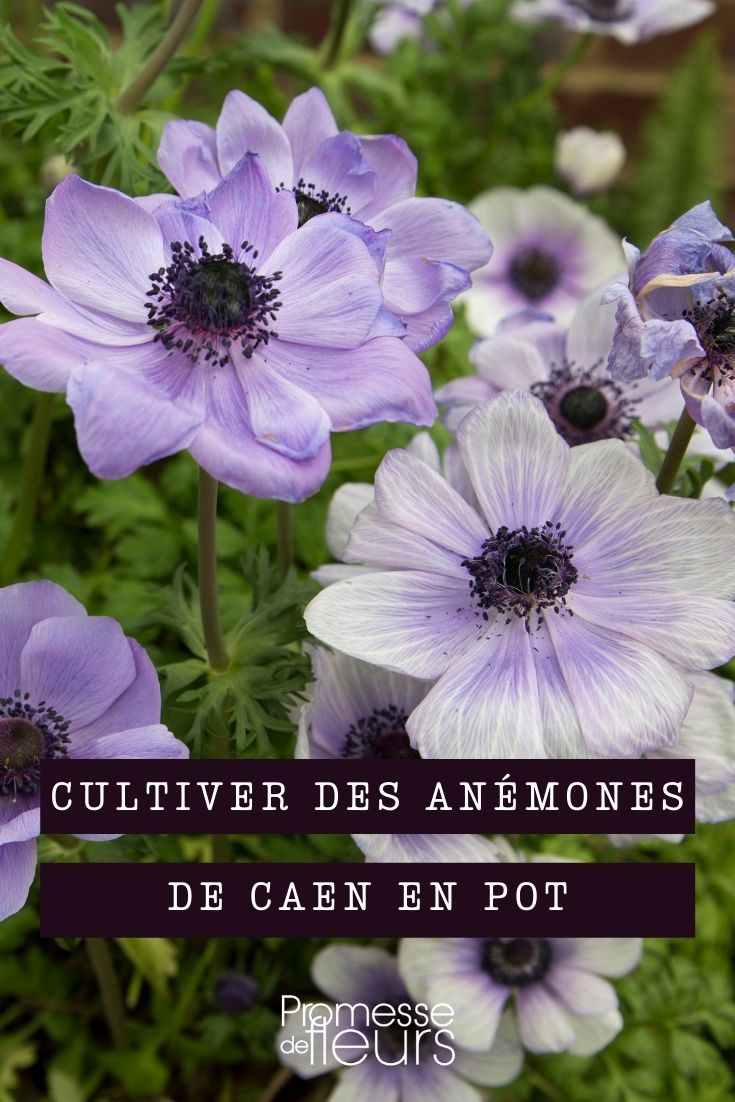































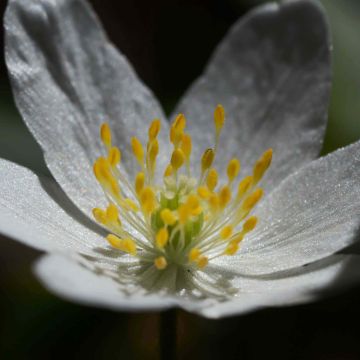
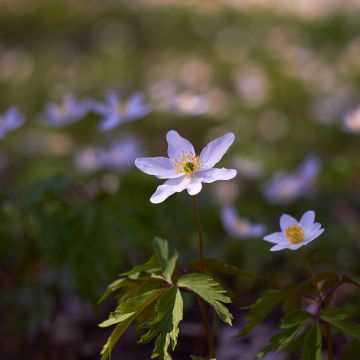



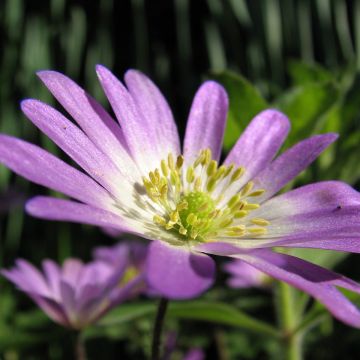
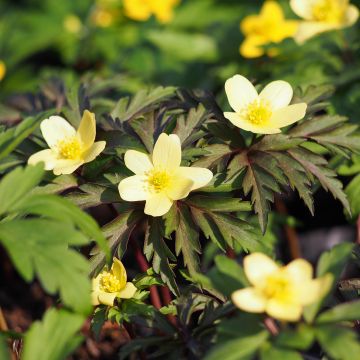
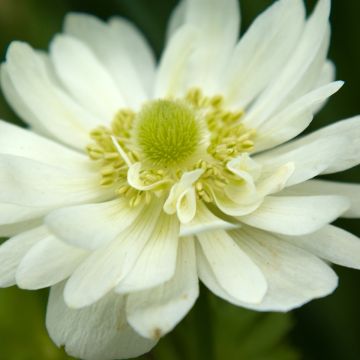


Comments